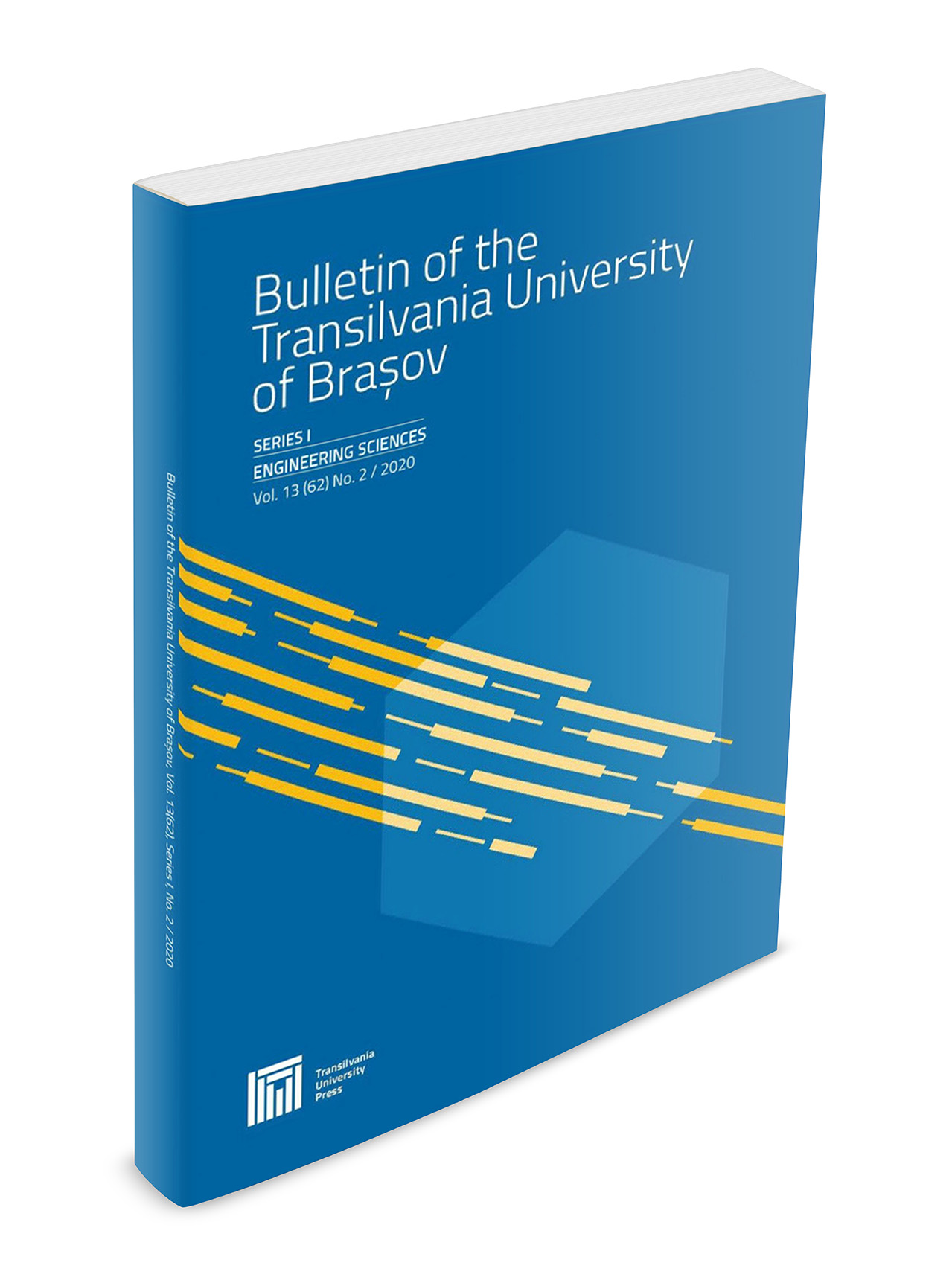Banana Flower Nectar - Mediated Synthesis of Silver Nanoparticles
DOI:
https://doi.org/10.31926/but.ens.2019.12.61.1.17Keywords:
nanoparticles, UV-Vis, Raman, FTIR, SEMAbstract
Worldwide, the banana is the most famous fruit on the market. All parts of the plant have been used over the years in medicine and the curative properties of the banana are well known. No reports about the study of the nectar of banana flowers could be find, except those on extracts from different parts of the plant, this being the reason of starting synthesis of silver nanoparticles (AgNPs) from the banana flower’s nectar. Because conventional methods for producing NPs are expensive, toxic and non-organic in this study it was used natural sources for NPs synthesis (green synthesis). The AgNPs were characterized by UV-Vis spectrophotometry, optical microscopy (OM), scanning electron microscopy (SEM), Fourier Transform Infrared (FTIR) and Raman spectroscopies.




